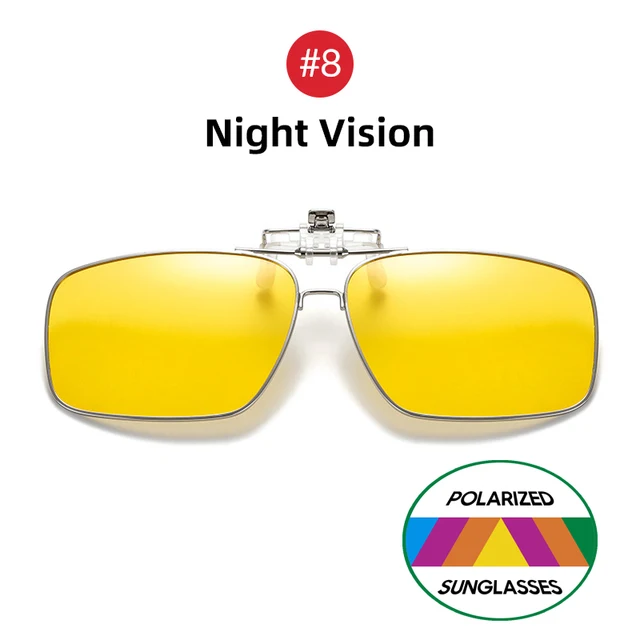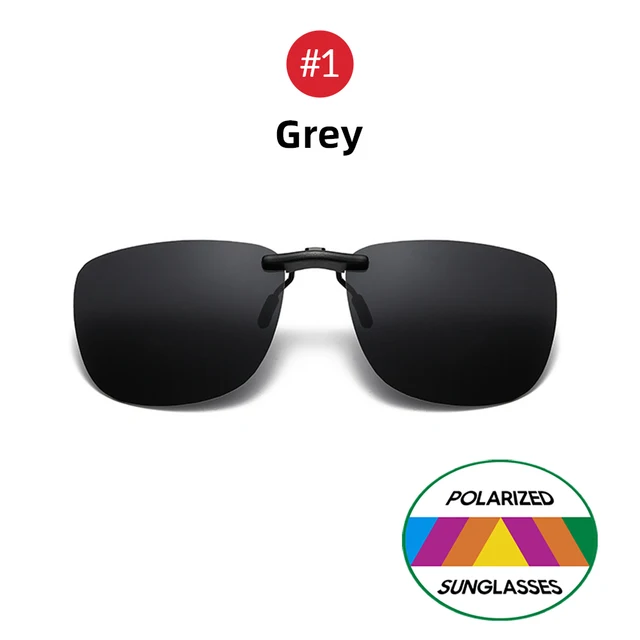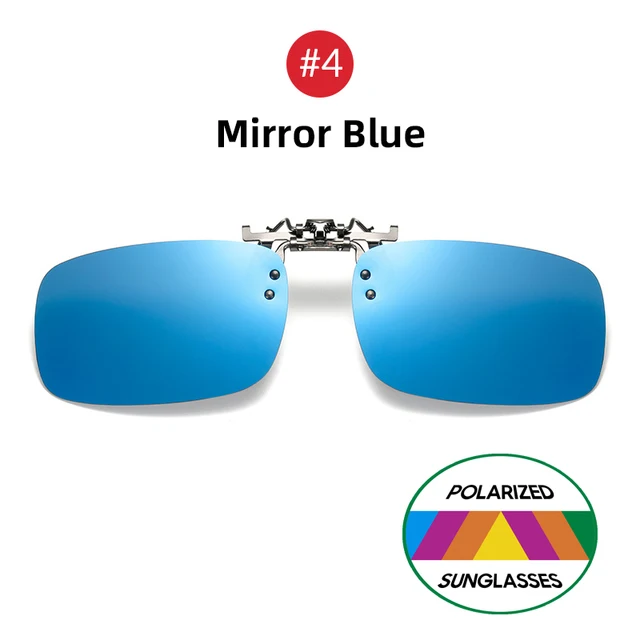How to Choose the Right Color Polarized Lens for Your Needs
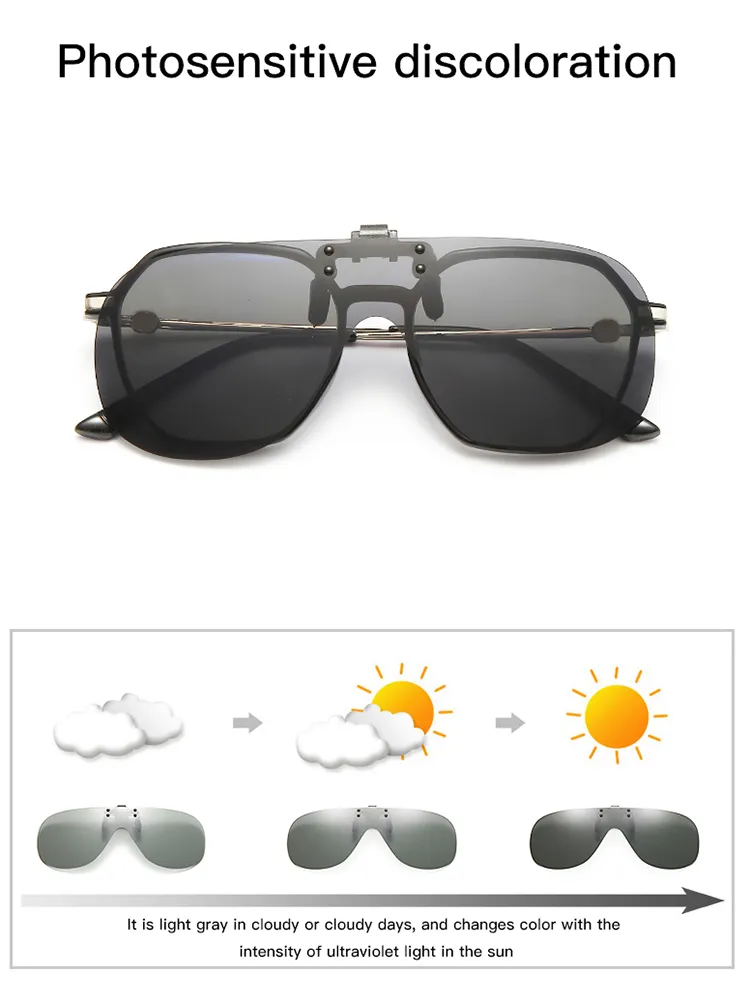
Polarized sunglasses are essential for individuals seeking to minimize glare and enhance sharpness whether you’re out fishing, behind the wheel or simply basking in the sunshine. This detailed manual covers everything you need to know about eyewear from verifying their polarization to the advantages of UV400 shielding and beyond.
How to Check Polarized Sunglasses at Home?
To check the polarization of your sunglasses at home, you can follow this test:
- Hold up your sunglasses in front of a surface like a computer screen or a glass window.
- Rotate the sunglasses while looking through the lenses at the surface.
- If the glasses are polarized, you should notice a reduction or disappearance of glare or reflection at certain angles on the surface.
This test is effective because polarized lenses block horizontal light waves that cause most reflections. You can also compare them with another pair of polarized sunglasses by overlapping the lenses and rotating one pair at a 90-degree angle. If both pairs are polarized, you’ll observe an area where they overlap that turns darker.
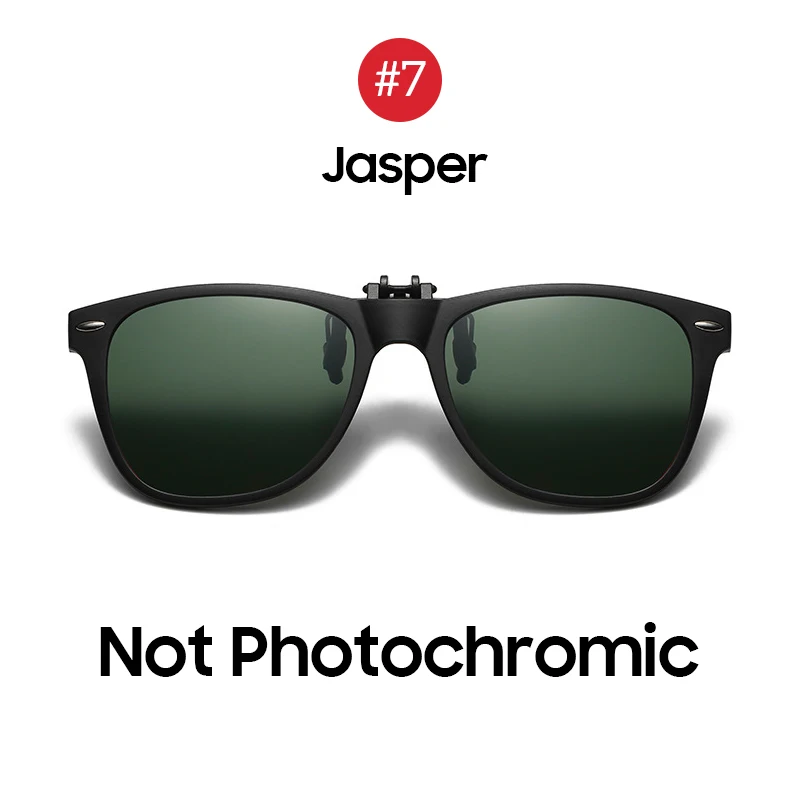
Does UV400 Mean Polarized?
No, UV400 and polarization are not directly related. UV400 indicates that the lenses block 100% of UVA and UVB rays from sunlight. While many quality polarized lenses offer UV400 protection, not all UV400 lenses have polarization. When buying polarized sunglasses, it’s important to look for both UV400 protection and polarization to ensure eye protection and clear vision.
Which Glasses Are Best for Night Driving?
When driving at night, it’s best to avoid using polarized sunglasses as they can make it challenging to see in low lighting. Instead, consider opting for Clip On Polarized Sunglasses with amber lenses specifically designed for night driving. These lenses help improve contrast, reduce glare from headlights and streetlights, and enhance visibility while minimizing eye strain.
Are There Different Levels of Polarized?
Yes, there are varying levels of polarization. The effectiveness of polarized lenses can differ depending on the quality of the polarizing filter utilized. High-quality polarized sunglasses typically provide better glare reduction and visual clarity. When selecting polarized sunglasses, opt for known brands recognized for their lens technology and durability.
What Color Polarized Lens Should I Get?
The choice of color for your polarized lens should align with your activities and surroundings:
- Gray lenses: Offer true color perception and are suitable for general outdoor pursuits such as driving and sports.
- Brown or amber lenses: Enhance contrast and depth perception, making them ideal for activities like fishing and hiking, where spotting details is essential.
- Yellow or gold lenses: Particularly beneficial in low light conditions and night driving as they boost contrast without significantly dimming your vision.
- Green lenses: Help reduce glare, improve contrast, and maintain color balance, making them suitable for a range of outdoor activities.

Do Polarized Sunglasses Expire?
Polarized sunglasses don’t come with an expiration date, but their effectiveness can decline over time due to wear and tear. Scratches on the lenses, exposure to high temperatures, and improper cleaning methods can all contribute to the degradation of the polarizing filter. To extend the lifespan of your polarized sunglasses, store them in a case, clean them using a microfiber cloth, and shield them from harsh conditions.
Can Prescription Sunglasses Be Polarized?
Absolutely! Prescription sunglasses can indeed be equipped with polarized filters. Many optical stores provide the option to include polarized filters in prescription lenses. This allows you to benefit from reduced glare and enhanced visual clarity while still addressing your vision needs. Additionally, Flip Up Polarized Sunglasses offer a convenient solution that enables you to switch between regular and polarized lenses as required.
How Much Does It Cost to Put Prescription Lenses in Sunglasses?
The cost of adding prescription lenses to sunglasses varies based on factors such as lens type, prescription strength, and any additional coatings or features, like polarization or UV protection. Typically, the cost of prescription lenses for sunglasses ranges from around $100 to $400. It’s a good idea to reach out to your eyewear store for specific pricing details and available choices.




